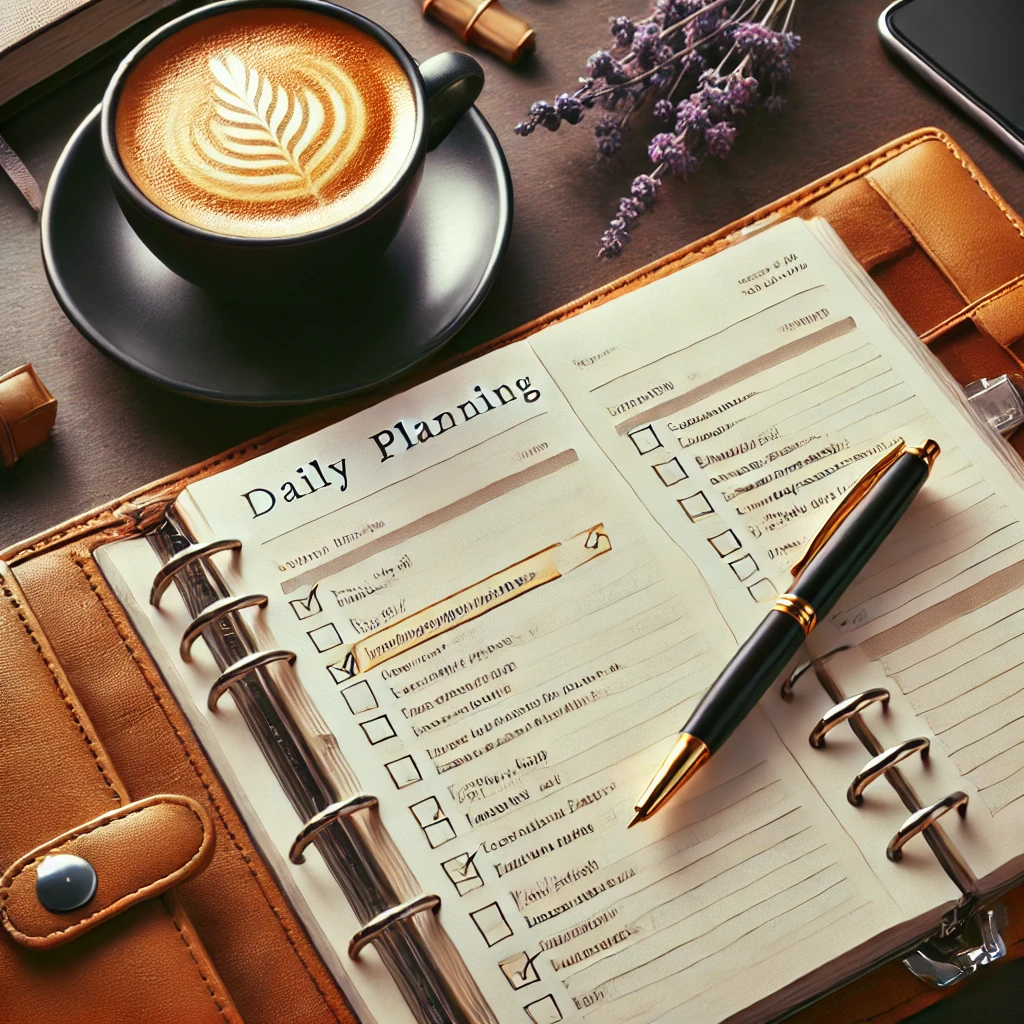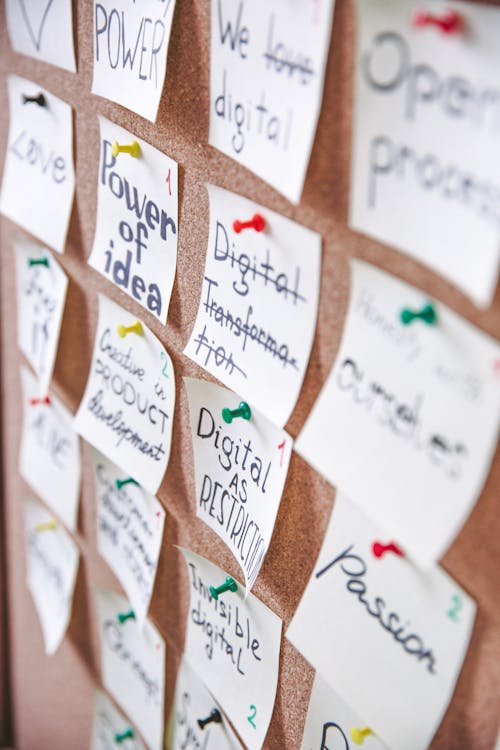We all have 24 hours in a day, but why do some people seem to perform miracles with that time while others constantly feel behind? The answer might lie in their routine. Developing an effective daily routine can transform your productivity, reduce stress, and even improve your mental health. In this article, we’ll explore how to create a routine that truly works for you, with practical tips, examples, and proven strategies.

Why is Creating a Routine Important?
A well-planned routine goes beyond organizing your day; it helps build healthy habits, save mental energy, and stay focused. Without a clear structure, we’re more likely to procrastinate or waste time on activities that don’t add value. On the other hand, a planned routine can:
- Increase productivity: You know exactly what needs to be done and when.
- Reduce anxiety: Fewer decisions throughout the day lower mental stress.
- Improve work-life balance: By setting times for work, leisure, and rest, it’s easier to maintain a healthy balance.
How to Create the Perfect Routine Blueprint?
Creating an effective routine requires self-awareness and planning. Here are the essential steps:
1. Assess Your Current Situation

Before changing your routine, analyze how you’re spending your time. Use a journal or app to track your activities for a few days. Ask yourself:
- What activities are indispensable?
- Where are you wasting time inefficiently?
- When do you feel most productive during the day?
2. Set Priorities
Create a list of your main goals and responsibilities. Use the Eisenhower Matrix technique to classify tasks as:

- Important and urgent: Should be done immediately.
- Important but not urgent: Schedule them in your calendar.
- Urgent but not important: Delegate if possible.
- Neither urgent nor important: Eliminate.
3. Establish Time Blocks
Organizing your day into time blocks helps you stay focused on one task at a time. For example:
- Morning: Creative activities or strategic planning.
- Afternoon: Meetings and operational tasks.
- Evening: Relaxation and planning for the next day.
4. Include Breaks and Leisure
No one can be productive all the time. Add moments of rest to your routine, such as:
- 10-minute breaks every 50 minutes of work (Pomodoro technique).
- Longer breaks for lunch and walks.
- Time for hobbies or reading at the end of the day.
5. Adapt and Adjust
A routine isn’t set in stone. Regularly evaluate what’s working and make adjustments as needed. Use the 80/20 rule: 80% of results come from 20% of your most effective actions.
Example Daily Routine
Here’s a practical example of a daily routine:
6:30 AM – 7:00 AM: Meditation or morning stretching. 7:00 AM – 8:00 AM: Breakfast and planning the day. 8:00 AM – 12:00 PM: Deep work on important tasks. 12:00 PM – 1:00 PM: Lunch and rest time. 1:00 PM – 3:00 PM: Meetings and emails. 3:00 PM – 3:30 PM: Snack or walking break. 3:30 PM – 5:30 PM: Completion of operational tasks. 5:30 PM – 6:00 PM: Review the day and plan for tomorrow. 6:00 PM – 8:00 PM: Dinner and family time. 8:00 PM – 9:00 PM: Reading or hobbies. 9:00 PM – 10:00 PM: Preparation for sleep.
Long-Term Benefits of a Good Routine
Adopting and following a routine not only improves your daily life but also brings lasting benefits:
- Improved Mental Health: Fewer decisions and more stability promote emotional well-being.
- Increased Efficiency: An organized day eliminates wasted time.
- Strengthened Positive Habits: Small daily actions turn into significant achievements over time.
Useful Tools for Managing Your Routine
Nowadays, several apps can help organize your day:
- Trello: To organize projects and tasks.
- Google Calendar: For scheduling and reminders.
- Habitica: Gamification for habit creation.
- Forest: Helps maintain focus and avoid distractions.
Conclusion
Creating an effective routine is an ongoing process that requires self-awareness and adjustments. With discipline and commitment, it’s possible to transform your day and achieve more results in less time. Try the tips in this article and see the difference a good routine can make!
